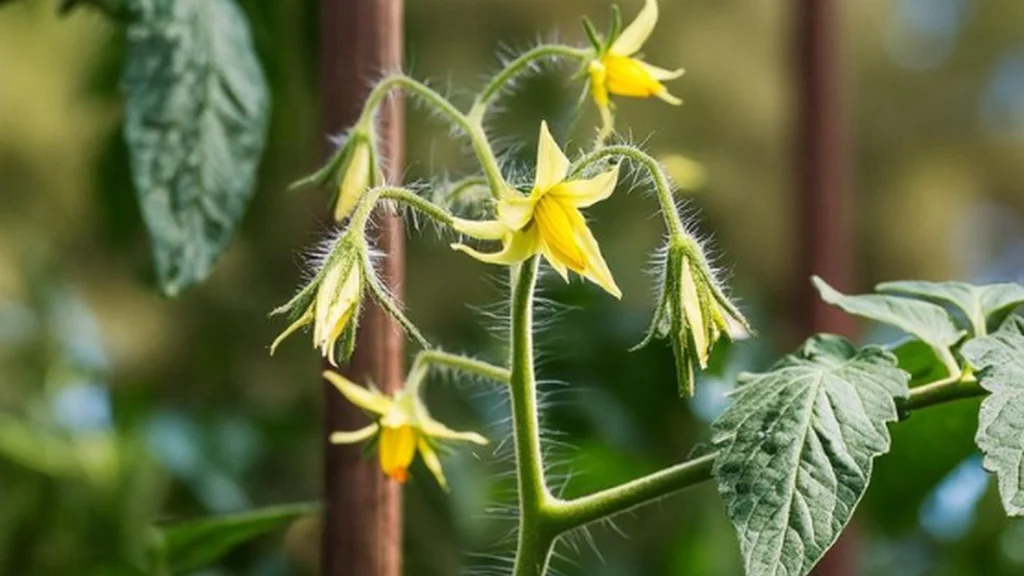Are you struggling with tomato plants that flower but don’t produce any tomatoes?
Others are reading now
Tomato plants that flower but do not produce tomatoes can be both confusing and frustrating for gardeners, especially if you’re looking forward to harvesting delicious tomatoes for a summer salad or homemade salsa.
This phenomenon is known as “blossom drop.” Understanding the reasons behind this issue and learning how to fix it is essential for anyone who wants to enjoy a bountiful tomato harvest.
If you’ve ever wondered why your flowering tomato plants aren’t producing fruit, you’re not alone.
In this article, we will discuss the most common causes of blossom drop and provide practical solutions to help you achieve a successful tomato harvest.
Also read
Temperature Extremes
Tomato plants are sensitive to temperature changes.
Optimal fruiting occurs when daytime temperatures are between 70°F and 85°F (21°C and 29°C) and nighttime temperatures are between 55°F and 70°F (13°C and 21°C).
Temperatures outside of these ranges can cause flower drop. If daytime temperatures exceed 90°F (32°C) or nighttime temperatures fall below 55°F (13°C), you may notice your flowers dropping.
Solution: Use shade netting to protect plants from extreme heat, and consider using row covers to keep plants warm during unexpectedly cold nights.
Poor Pollination
Tomatoes are self-pollinating but still need some help from environmental factors such as wind or bees. Inadequate pollination can cause flowers to drop without setting fruit.
Solution: Gently shake your tomato plants to encourage pollination, or plant flowers nearby that attract bees.
Irregular Watering
Tomatoes require consistent moisture to produce fruit. Both overwatering and underwatering can stress the plants and cause flower drop.
Make sure your plants receive about 2-3 inches of water per week.
Solution: Mulch around the base of plants to retain soil moisture and use a drip irrigation system for consistent watering.
Nutrient Imbalance
An excess of nitrogen or a deficiency of important nutrients such as phosphorus and potassium can also cause flower drop. While nitrogen promotes leaf growth, an imbalance can hinder fruit production.
Solution: Use a balanced fertilizer with lower nitrogen levels and higher phosphorus and potassium levels. Conduct a soil test to adjust nutrient levels accordingly.
Pests and Diseases
Various pests and diseases can stress tomato plants and cause flower drop. Common culprits are aphids, whiteflies, and fungal infections.
Solution: Inspect your plants regularly for signs of pests or diseases and treat them promptly with biological or chemical agents if necessary.
Good luck gardening!


